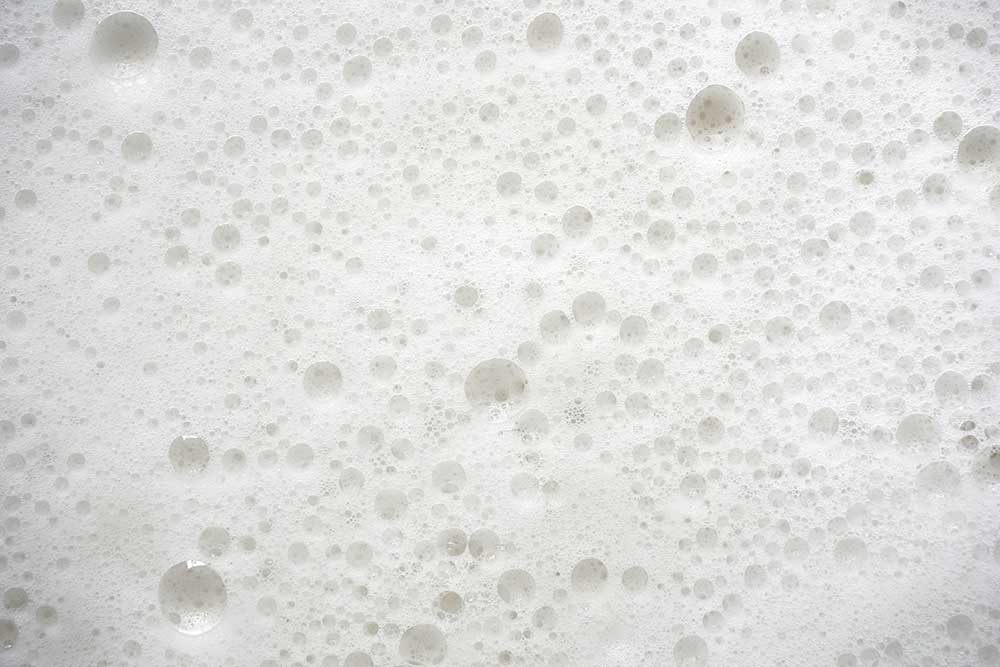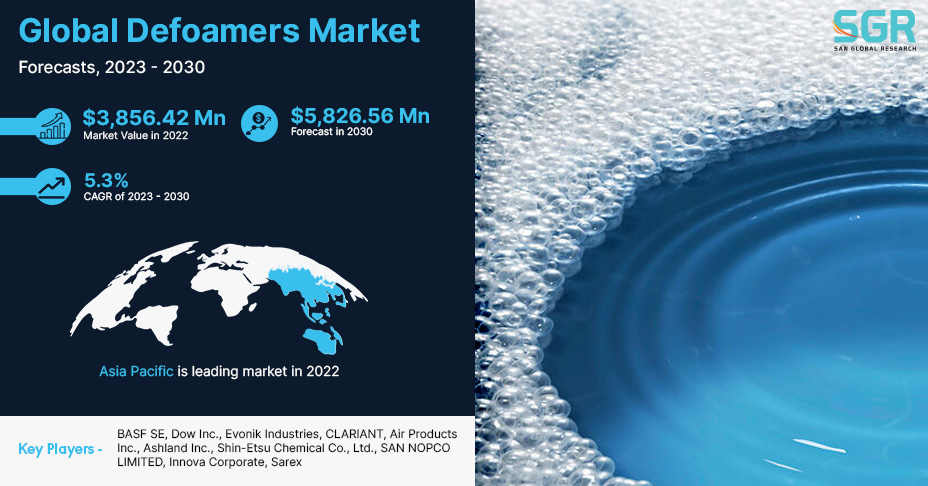Benefits of Using Defoamers to Enhance Operational Efficiency
The Duty of Defoamers in Enhancing Item Quality and Efficiency
Defoamers offer as important ingredients that mitigate this problem, ensuring smoother manufacturing workflows while boosting the visual and practical characteristics of the last items. The selection of the appropriate defoamer can be critical to accomplishing ideal outcomes, raising vital questions about formulation compatibility and performance metrics that warrant further expedition.
Recognizing Defoamers
Comprehending the role of defoamers is necessary for maintaining product top quality throughout numerous industries. Defoamers are chemical ingredients made to minimize and prevent the development of foam in fluid systems, which can negatively affect processes such as blending, filling up, and surface area stress. Foaming can cause inefficiencies, product defects, and jeopardized visual allure, making defoamers an essential element in manufacturing operations.
In commercial applications, defoamers help to enhance product uniformity and stability. The reliable usage of defoamers not only makes certain smoother production procedures yet additionally contributes to superior product efficiency.
Furthermore, the option and solution of a defoamer must line up with particular application requirements, such as compatibility with various other active ingredients, performance under differing temperature and pH conditions, and potential governing restrictions. Ultimately, recognizing defoamers' functions and their value in various solutions is critical for optimizing manufacturing and ensuring the best output.
Sorts Of Defoamers
Defoamers can be categorized right into several kinds based on their composition and mechanism of action. The main kinds consist of silicone-based, non-silicone organic, and not natural defoamers.
Silicone-based defoamers are among one of the most reliable, mainly due to their capability to spread rapidly on the fluid surface and disrupt foam development. Their special chemical structure permits remarkable security, making them suitable for high-temperature applications and settings with differing pH levels.
Non-silicone natural defoamers, usually composed of fatty acids or natural oils, are valued for their biodegradability and reduced poisoning. These are commonly used in food and beverage applications where safety and security and ecological impact are critical.
Not natural defoamers, that include substances like talc or calcium carbonate, act by enhancing the thickness of the fluid, therefore lowering foam security. They are usually used in commercial processes where compatibility with various other materials is not a worry.
Each sort of defoamer has distinct advantages and limitations, permitting customized solutions depending upon the specific foaming issues come across in numerous applications. Understanding these distinctions is critical for optimizing performance and attaining preferred product top quality.
Applications Throughout Industries
Countless markets utilize defoamers to improve item top quality and functional effectiveness. In the food and beverage sector, defoamers are essential in processes such as developing and dairy products manufacturing to stop foam formation, which can lead to inefficiencies and product variance. By controlling foam, makers can guarantee better yield and a much more uniform product.
In the pharmaceutical sector, defoamers play a crucial click here to read duty in the formulation of fluid medications, where too much foam can hamper blending and precise dosing. Their usage assists keep the stability of the solutions and assists in smoother manufacturing processes.
The paint and layers market likewise relies upon defoamers to improve the efficiency of items throughout application. By minimizing foam, these ingredients make sure a smoother surface and enhance the aesthetic high qualities of the end product.

Advantages of Making Use Of Defoamers
While the application of defoamers varies across markets, their benefits constantly improve item quality and procedure effectiveness. One substantial advantage is the decrease of foam development throughout producing processes, which can otherwise lead to manufacturing hold-ups and incongruities in item high quality. By decreasing foam, defoamers make it possible for a smoother circulation of materials, helping with more efficient procedures and minimizing the possibility of devices malfunctions.
In addition, making use of defoamers can enhance the appearance and texture of last products. In sectors such as coverings, paints, and food processing, excessive foam can compromise the visual aesthetics and total high quality, while the proper defoamer application makes certain a consistent finish and preferable features. Defoamers can add to set you back financial savings by lowering waste during production and maximizing the usage of raw materials.

Selecting the Right Defoamer
Choosing the best defoamer is crucial for optimizing production processes and making certain product quality. The option of defoamer affects not just the efficiency of foam control however likewise the total efficiency characteristics of the final item. Variables to consider include the sort of application, the chemistry of the solution, and the ecological conditions under which the product will certainly be made use of.
Different industries might call for certain defoamer types, such as silicone-based, organic, or polymeric defoamers. Understanding the compatibility of the defoamer with the key active ingredients is important to prevent negative reactions that can compromise product honesty. Furthermore, the defoamer's efficiency in different temperature levels and pH levels should be reviewed to make certain regular efficiency.
Examining the defoamer in small applications can provide useful understandings into its efficiency and viability. Consideration of regulative compliance, especially in food, drugs, and cosmetics, is critical in choosing a defoamer. Inevitably, a complete assessment of these aspects will certainly lead to the option of a defoamer that not only regulates foam properly but also improves the quality and performance of the last product.
Final Thought

In conclusion, defoamers are vital ingredients that significantly improve product high quality and efficiency across various sectors. The strategic selection and application of defoamers lead to set you back financial savings, optimized resource usage, and increased client fulfillment.
Lathering can lead to inadequacies, item flaws, and jeopardized aesthetic appeal, making defoamers an essential element in making procedures.
